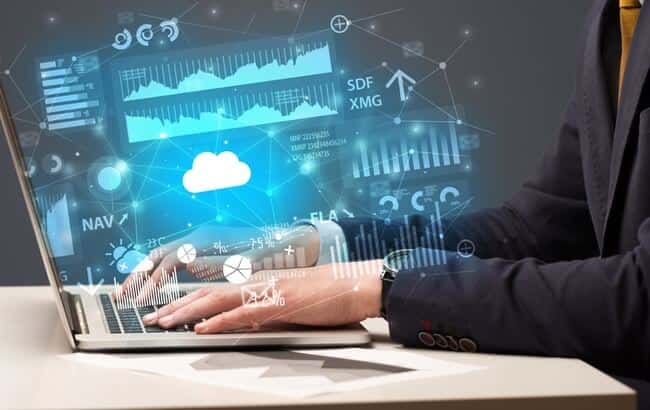Small businesses are bombarded on social and traditional media with adverts for various MTD (Making Tax Digital) accounting packages which claim to make managing your business’s bookkeeping, payroll and VAT returns as easy as ABC. Often the impression is that a busy business owner need only use their smartphone to photograph a receipt and job done.
But is it really that simple? Can you just enter all your receipts and invoices, press a button et voila – out comes a VAT return?
The simple answer is actually YES you can, the online packages are amazing and we love them very much, but unfortunately, there’s a very high probability that it won’t be correct. And more importantly, you may have missed out on some unclaimed VAT.
So why is it not as simple as it’s made out to be?
The main reason is because the cloud accounting software can only produce a VAT return based on the data entered into it. If any invoices, bills or bank transactions are entered incorrectly, or not entered at all, or duplicated, there is a chance these errors will be missed.
In addition, to this, there are many complexities with the various VAT rates and the regulations surrounding certain supplies that business owners may be unaware of. Therefore, it’s possible that the VAT that is stated on a bill or receipt, which you have happily inputted into your online accounting system, may not actually be the amount you can claim.
For example:
- You take a client out for lunch. You cannot reclaim VAT for entertaining clients (or suppliers) so you would need to apportion the VAT to reflect only the employers part of the bill. However, if you took your staff out for a meal – you can claim it all back.
- You purchase a present for your clients for Christmas – the VAT on this cannot be claimed – once again it’s business entertaining. However, if the value of the gift is less than £50, the input tax is recoverable (under business gift rules).
- Did you know that even if a receipt does not have the VAT element specifically extracted on the receipt (for example a grocery store, or hardware store or a parking receipt) – you can still claim the VAT, if the VAT number is shown on the receipt and you know what the applicable VAT rate is for your purchase (20% or 5%).
- You may or may not know that your business cannot claim VAT on the purchase of a company car – but it can claim VAT on the purchase of a van. And if you lease your cars, you can only claim 50% of the VAT on the lease cost.
Likewise, with regard to sales invoices, there are often complex rules depending upon whether the customer is a consumer (B2C) or a business (B2B) and whether they are UK or based overseas, alongside various exemptions for charities means knowing your VAT treatments are key and setting up the coding within your cloud software correctly.
Other examples of VAT adjustments that are beyond the capabilities of cloud accounting software are as follows:
- Clawback adjustments: This is when you have claimed VAT on purchase invoices that have not yet been paid by the customer after 6 months. You know your customer will pay you eventually, so it is not a bad debt, however you have paid the VAT to HMRC without receiving the money from your client (unless you are on a cash accounting basis). You can claw this VAT back, and repay it back to HMRC only when your client eventually pays you.
- Bad debt relief: your client hasn’t paid you and you need to claim the VAT back that you have already passed on to HMRC.
- Partial exemption: When a business makes both taxable and exempt supplies and incurs input tax on costs which relate to both, it will need to use a partial exemption calculation to work out how much input tax you can recover.
- Adjustments for personal fuel consumption
When we prepare VAT returns for our clients, we do many checks to ensure that the bookkeeping and documents supporting the returns are correct. We check the bank is reconciled, there are no missing sales invoices, the outstanding debtors and creditors are all correct and there are no unaccounted or duplicate transactions. We check mileage rates, reverse charges, advisory fuel rates, and VAT thresholds. In addition to this we also ensure the turnover on the VAT return reconciles with the turnover in the profit and loss, and that the VAT liability figure in the accounts reconciles with what is on the VAT return.
These complexities show why you need the advice and services of an accountant to review and submit your VAT return. We give you piece of mind that professionals have signed off that the submission is correct. You could entrust the finances of the company you have spent time and effort building up to a simple input of your data into cloud accounting software, without professional review too, but would you really want to?
If you want to discuss any aspect of this article or want to find out more about cloud accounting and how we can help here at Rayner Essex, then please contact our dedicated Cloud Accounting team Cloud Accounting Services & Accountants.


Sign up to our newsletter
Join our mailing list to receive regular updates on
the news and events you need to know about.

